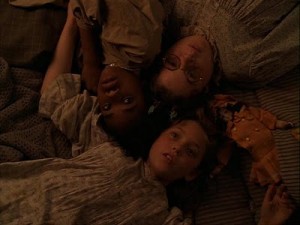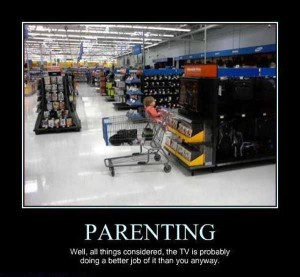All Girls Are Princesses
One of my all time favorite movies is A Little Princess. It is based on the 1905 book by Frances Hodgson Burnett. The story line follows a young girl named Sara Crewe who is born and raised in India to her wealthy soldier father. He sends her to an upscale London boarding school to receive a formal education. The headmistress, Miss Minchin, is cold and cruel to say the least. Then, when she receives word that Sara’s father was killed in the war and would not be paying for Sara to stay at the school, she tells Sara her only choice is to live in the attic as a servant or else she will be kicked out on the street. Sara never loses hope or the ability to see the good in everything. Her father always told her elaborate stories about princesses in India and she used those stories to keep the other girls at the boarding school feeling positive. They would meet her in the attic nightly and secretly listen to her optimistic stories. Miss Minchin does everything in her power to keep the girls from using this power of imagination. She believes it to be a waste of time and that they should be doing more productive things with their time. She even takes Sara’s locket, the only part of her father she has to hold on to. (Spoiler alert) In the end, she finds that her father is much closer than she thought. He is alive and recovering from an explosion with the help of a friend from India. They are reunited and Sara takes one of her new orphaned friends with her and her father back to India after ensuring that Miss Minchin is fired.
Needless to say, the moral of the story is that imagination is a powerful tool that makes life better and can help you through hard times. Another main point is to never lose hope in yourself or others. This is a powerful message to send to children considering, the issues we have been discussing in class. Combining my love for this movie and my new knowledge from class, an idea from our Chudacoff reading came to mind. “Advertisers quickly learned that they could merge a “backstory” of fantasy with a product to create a meaningful relationship between product and child.” (course packet) I realize this is not necessarily a product advertisement but this movie is definitely pro-imagination and the writers use this dramatic story line to drive home the point that children need imagination in their life.
you through hard times. Another main point is to never lose hope in yourself or others. This is a powerful message to send to children considering, the issues we have been discussing in class. Combining my love for this movie and my new knowledge from class, an idea from our Chudacoff reading came to mind. “Advertisers quickly learned that they could merge a “backstory” of fantasy with a product to create a meaningful relationship between product and child.” (course packet) I realize this is not necessarily a product advertisement but this movie is definitely pro-imagination and the writers use this dramatic story line to drive home the point that children need imagination in their life.
We discussed in class whether or not children should tap in to this source of creativity when they play or if play should be focused more on productive ideas like easy bake ovens or toy work benches. My answer is no. The ability to be optimistic and make light of a challenging situation begins with the ability to see the good in everything. I believe this starts with the ability to be creative and expand the definition of real life.
A very important line from the movie is when Sara says “All girls are princesses”. This brings to mind the Free To Be You and Me readings and discussions. I believe this movie is very relevant to this piece. The story, “Ladies First” seems to say that girls should not claim to be ladies or princesses based on the entitlement that comes with it. However, this movie shows that this gender idea can be used for good to make a young, troubled girl feel special and loved.










